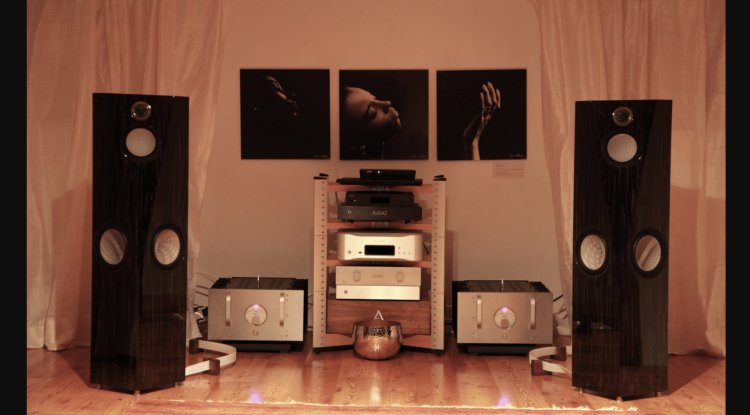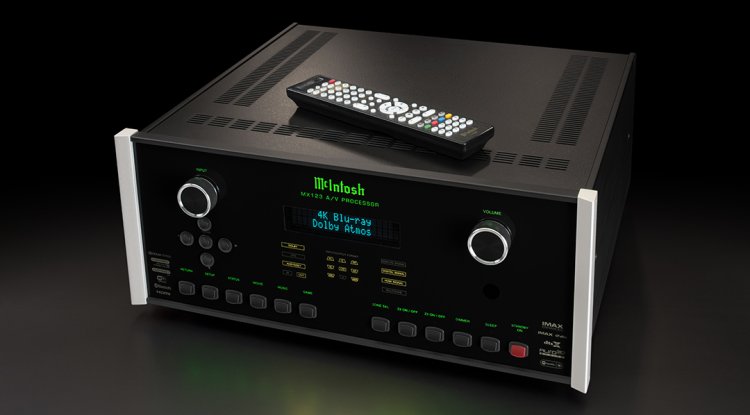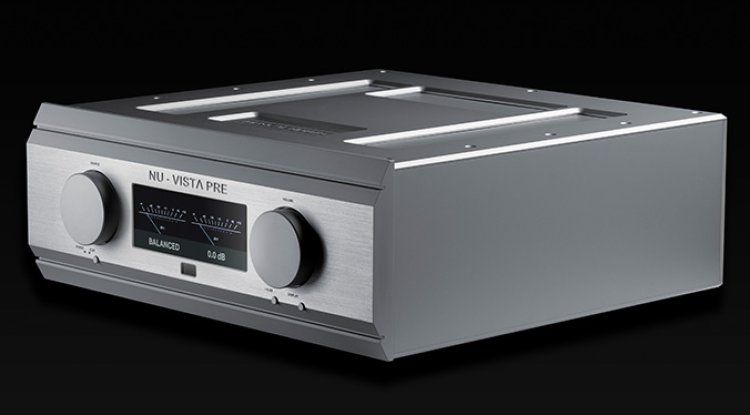AudiaZ Cadenza: the perfect impulse

It is the many tiny businesses who, with a lot of passion and even more labor, at least make up for the research and measuring capabilities of industry behemoths like B&W, JBL, Focal, and Dynaudio. AudiaZ, a tiny manufacturer from Rosenheim in Upper Bavaria, is a particularly beautiful example. Dr. Helmuth Weber has been producing loudspeakers that satisfy the highest standards in a house expressly cleared for this purpose for over 20 years. In any event, the AudiaZ Cadenza, which we've been evaluating for a few weeks now, towers over many well-known "big brands."
However, in order for a small business to compete with the big ones, you must look and listen carefully. The AudiaZ CEO has essentially studied taking a careful look. Dr. Weber is a specialist in ophthalmology. However, after many years of work, the doctor completed his practice in order to fully devote himself to his actual passion - listening to music and building loudspeakers. "There is nothing nicer for me," adds the former ophthalmologist, "than displaying at a trade show and hearing from visitors how good it sounds to me."
This proverb characterizes the Audiaz CEO's demeanor. He appreciates the subject in and of itself, and monetary success is unimportant to him. That makes dealing with him that much more enjoyable.
The special features of the AudiaZ Cadenza
The form is unquestionably the most eye-catching feature. Dr. Weber's design is known as "OVO," in which one of the upper corners of a column with a square ground plan is cut away at an angle, forming a "V." Because Dr. Weber used two woofers (the "Os") per loudspeaker, the name "OVO" was self-evident.
The eye-catching design may be divisive, but it has four significant advantages in terms of acoustics. This intervention greatly stiffens the housing, reduces nonlinearities induced by baffle reflections, and (thirdly) reduces reflections at the baffle edge. The fourth, and arguably most important, the element is that the drivers are offset from one another due to the tilt. This is so precisely chosen that the voice coils (i.e. the sound creation centers) of bass, midrange, and treble are overlaid vertically, resulting in an ideal, temporal (the term "coherent" is frequently used in this context) playback axis. And, strangely, one of the Audiaz Cadenza's standout features is its near-perfect pulse accuracy…
The most significant keyword, accuracy, has already been mentioned. Dr. Weber uses Accuton's strong ceramic cones and domes to ensure that the driver membranes do not dilute the impulse through deformation. Many hi-fi enthusiasts will be familiar with the famous drivers from Pulheim, North Rhine-Westphalia: Marten Design, Tidal, Kharma, Gauder, and also the Lyravox producers are possibly the most resonant names that also swear by the incredibly pricey "Made In Germany" drivers. These drivers are fantastic, but they are true divas. Dr. Weber has a few tricks up his sleeve with specific correction links to tame the Accuton drivers. What are these gimmicks? "Oh, you know, one is copied so easily…" says the doctor, smiling and referring to his right to keep silent.
The AudiaZ Cadenza is a three-way speaker with a double bass design. The room modes are stimulated in various places, although not as powerful because the basses are at a 90° angle to each other and the bass reflex aperture is on the base plate. The excitation is stronger with typical loudspeakers with only one big woofer.
In the case of structures in which the basses do not radiate forward, developers are prudent to avoid using them over a large range, because else any mid-range components in the room will do bizarre things. As a result, Dr. Weber limits the Cadenze's bass to 180 Hertz - the ear cannot yet process any directional information in this range. However, such a large separation has the problem of requiring the (only 10 cm small) midrange speaker to reproduce the entire frequency range from 200 Hertz.
If you look at the Cadenza's floor, you can see the steel plate: 20 mm of solid strength. Although the base plate has a modest surface, it makes sense to have so much stability at this point: the BR port is placed here, as is the crossover (inside the wall).
Dr. Weber had also heard about it and attempted an experiment using a metal plate. He was so impressed by the improvement in sound at the time that he made this beneficial, but expensive, detail an important element of the design of all newer Cadenzas (from 2022).
The solid metal plate is a nod to Cadenza's general design aesthetic: exact solidity everywhere. An examination of the test speaker confirms the pleasing, robust, and precise impression. The cabinet walls are totally constructed of 19 mm thick maple plywood. This material is tougher and, according to Dr. Weber, is considerably better suited in terms of resonance than the commonly used birch plywood.
But who makes multiplex loudspeakers? The majority of loudspeakers are manufactured of finely ground wood flour boards, sometimes called MDF in the United States. Although it has an extremely smooth surface, its strength is substantially lower than that of Plywood.
The AudiaZ speakers' complicated housing is sourced directly from the area, therefore "Made in Bavaria" can be used here. It should also be noted that the Cadenza was tested in the "Golden Ebony High Gloss" finish. The lacquer finish on this loudspeaker was flawless, but it was a nightmare for the photographer: something was always reflected in the perfectly smooth surface…





































